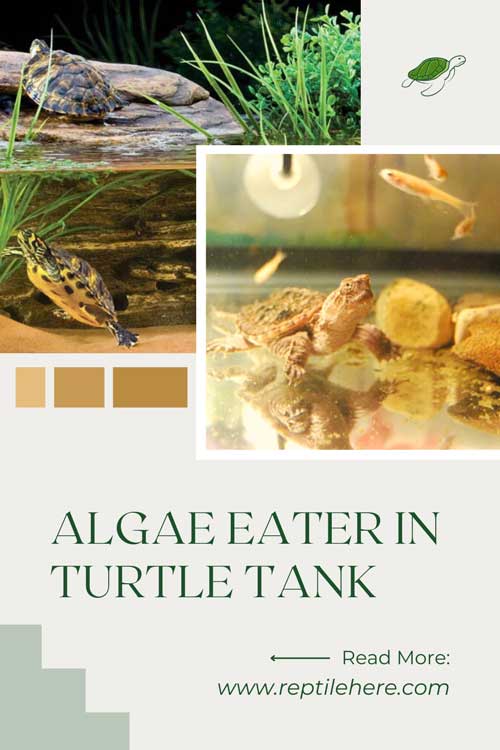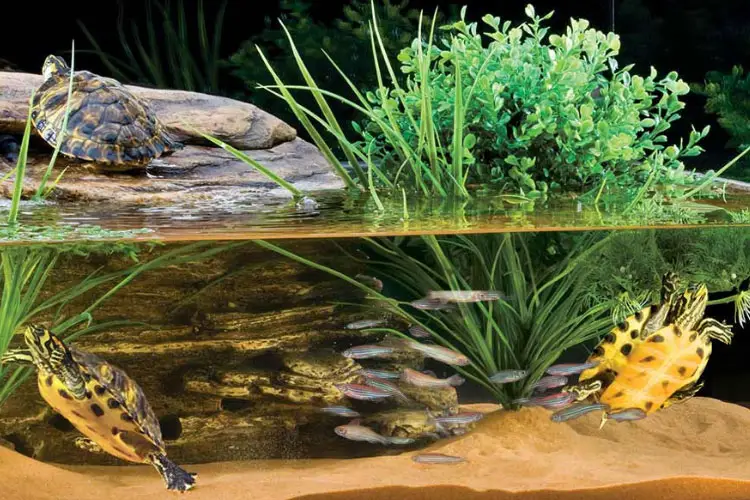Algae Eater In Turtle Tank: Will Your Turtle Stay With Sucker Fish?
Many turtle tanks always experience algae. While small amounts aren’t harmful, letting it grow can harm your turtle pets’ health. The good news is that some animals can eat algae to help put algae under control in the aquarium and eliminate green water.
But can algae eaters live with turtles? Yes, algae eaters can coexist with the turtles in the turtle tank. Whether it’s plecos, snails, rosy barbs, etc., they can all stay with your turtle without any problems.
Our guide below will enlighten you more on the best algae eaters for your turtle tank and tips for introducing them to your enclosure.
Can Algae eaters live with turtle?
Contents
Algae eaters can live with turtles in the turtle tank. Many turtle owners have used them before in their aquariums for algae control without any problems. The algae eating animals will also help maintain clean water in your water
However, we can’t guarantee how long your alga eater will stay alive. This is because turtles are omnivorous in nature and tend to feed on the algae-eater fish and shrimp you introduce into your turtle tank.
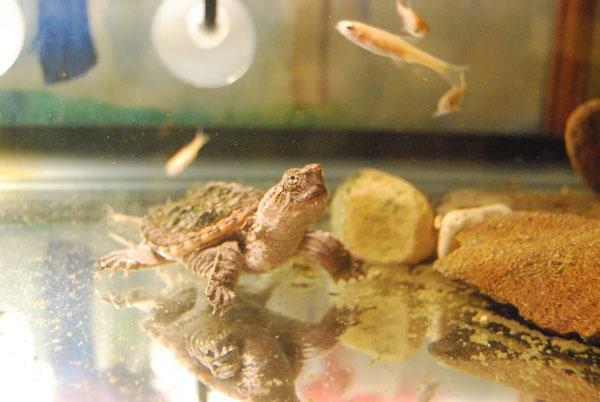
This is especially the case for young turtles, which tend to eat meat more than their adult counterparts.
It is safe to say that algae eaters may not be a long-lasting solution for eliminating algae in your turtle tank. Or you’ll need to keep replacing them continuously as your turtle keeps feeding on them.
What are the best algae eaters to put in your turtle tank?
We searched the web and various turtle owners’ forums. We gathered a wealth of info on the favorite species of algae eaters that seem to be a favorite for most turtle owners.
Below, we discuss these top options and what makes each unique.
Plecos
Plecos, also known as suckermouth catfish, are hardy algae eater and probably the favorite option for nearly all turtle owners. This is due to their efficiency at eating algae in turtle aquariums.
That said, it’s worth noting that there are many species of plecos, and the efficiency of feeding on algae differs from one species.
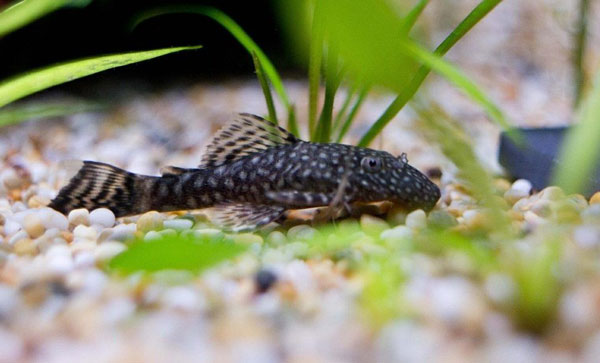
The clown plecos are the absolute favorite for pet owners due to their petite, elusive size. They’re pretty small (an adult crown pleco will reach 3-5 inches at most).
These plecos are pretty shy and elusive, making it hard for your turtle to hunt them and gobble them up.
Note that pet owners also like to use bristlenose or common pleco.
Florida flag fish (American flag fish)
These fish are well known for feeding on filamentous algae, or the mesh-like filaments of algae if you like. They’re highly active and fast, so they can easily escape a turtle’s attack.
Note that these fish are also pretty small, an added advantage for using them in a turtle tank. A male fish can grow up to 3 inches and easily camouflage in your tank and enjoy quicker reflexes.
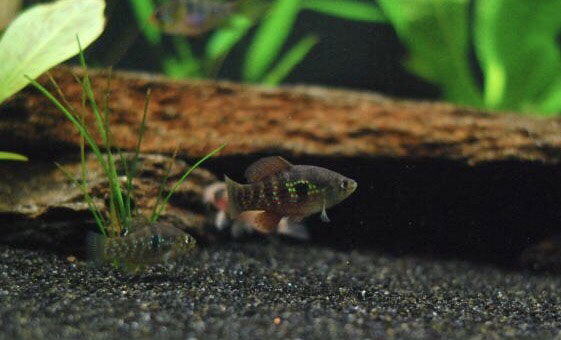
Unfortunately, these fish lack a suckermouth, so they cannot hover green films off your tank’s surface.
Chinese algae eater
The Chinese algae eater qualifies for this list due to its quick reflexes. This enables them to dart swiftly when spooked, enabling them to evade your aggressive turtles easily.
The young ones of these algae eaters are also good at feeding algae. They’re also as swift as their adult size counterparts, so you can also use them in your tank.
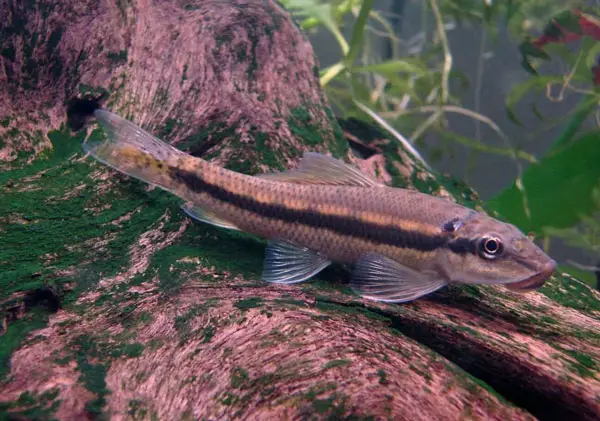
Moreover, the older Chinese alga eaters have been seen eating the slime coating on other slow-moving or docile fish. This makes them a good candidate for eating algae buildup in your turtle shell.
Otocinclus
These South American suckermouth catfish are small-sized and do wonders when it comes to sucking off algae, even from the smallest surfaces such as leaves!
Since they don’t tend to display warry behavior, they can be easily eaten and make a ready meal for your turtles.
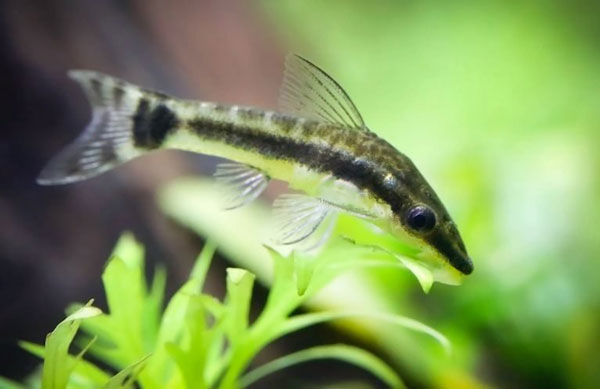
As such, you’d want to provide them plenty of hiding spots in the tank, including plants and decorations, to help them stay safe.
Ghost shrimp
These translucent-looking scavengers are also efficient algae eaters for your turtle tank. They’re well known to feed on almost any algae type as well as diatoms.
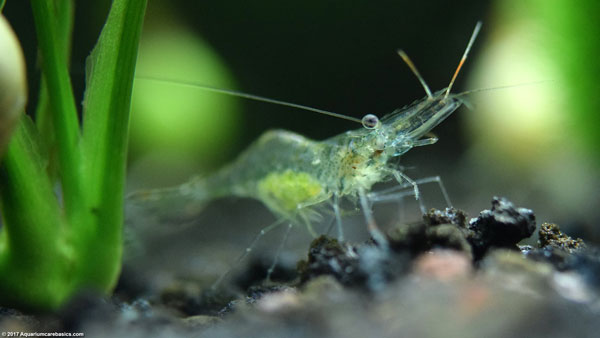
Thanks to their quick moves, these freshwater shrimps are also popular at evading turtles, making them an ideal choice for your turtle tank.
How to introduce algae eaters in turtle tank?
As we said before, there are high chances of your new algae-eating animal being eaten by your omnivorous turtle. This requires putting various measures in place to reduce the chances of your algae eater being eaten.
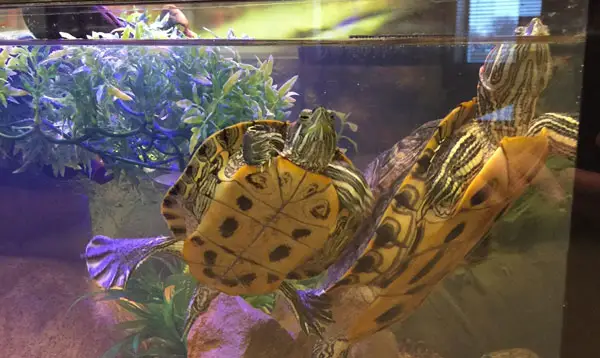
Here are a few tips we have gathered on how to safely introduce algae eaters into your turtle tank.
Use algae eater for tanks with mature turtles
Young turtles eat meat more; as they age, they’re inclined towards plants and veggies. For this reason, introducing the algae eaters to a tank with a mature turtle increases its survival chances compared to an aquarium carrying young turtles.
Get a more spacious tank
Consider that your pet turtle may get territorial and hostile when you add new members to its tank. Thus, you should get a bigger aquarium size that will fit all the animals.
Feed your turtles first
Before introducing the algae eater to the tank, feed your turtles. This is because hungry turtles may think the fish is food and eat it.
Create hiding spots in your tank
There’s no denying that a lot of cat and mouse chasing will happen inside your tank when you introduce the new members. So, it’s a good idea to introduce good hiding spots for your algae eaters to increase their survival chances.
Live or artificial plants for dense plant cover, rocks, driftwoods, small caves, etc., are some top decorations that will create good hiding spaces for your pet turtles. But ensure that these decorations are aquarium safe and contain no sharp edges that may injure your pet or the algae eaters.
PRO TIP: Watch your algae eater after the introduction. After putting the algae eater inside the tank, observe how it interacts with your turtle for the first few days to see if they’ll make excellent tank mates. If your pet appears bothered and angered by the new member, you may want to take the algae eater out. If you notice your turtle swimming up to your new creature and nipping at it, consider removing the fish and finding it a safe habitat.
Can a pleco kill a turtle?
No, plecos can’t kill a turtle. The pleco doesn’t have teeth, so they won’t hurt your turtle. They’ll be busy eating your turtle tank’s allege and plant matter.
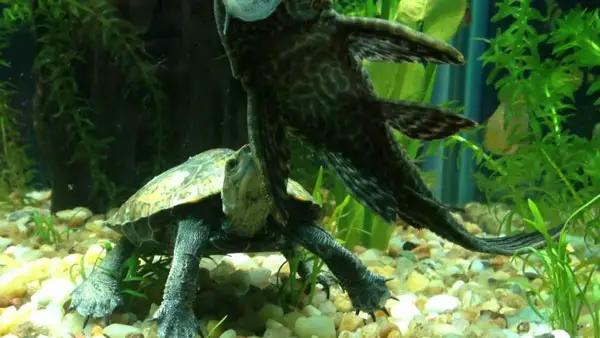
But the flip side is true; a turtle can kill and feast on a pleco. This explains why you need to get an algae-eating pleco that’s small and elusive to enable it to survive inside the tank.
Overall, you don’t have to worry about the new pleco harming your turtle in any way.
Where do algae come from in turtle tank?
Algae is a common occurrence, and every turtle has experienced it at some point. But you may wonder…where exactly does it come from?
Here’s the answer—the leftover foods, dead plant leaves, and waste your turtle drops in the tank provide a food source needed for algae growth. In other words, the uneaten food and organic material makes your tank an ideal breeding environment for the algae.
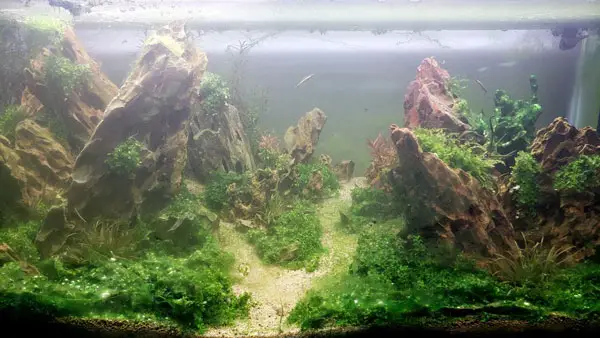
Small amounts of algae in your tank are fine, but if it overgrows, it can become problematic.
This explains the need to introduce algae eaters to live with your turtle pets and help control the algae growth.
FAQs:
The best algae eater for a turtle tank can be anything from the pleco sucker species of fish to the shrimps or even pond snails. Some of the most common algae-eating species used by turtle owners include the Chinese algae eater, Otocinclus catfish, Florida flagfish, common goldfish varieties (except for fancy goldfish), siamese algae eater, a wide variety of pleco species, and ghost shrimp, to name but a few.
Yes, plecos can live with turtles in a turtle tank. While a pleco won’t harm your turtle, your turtle may end up eating the pleco. We, therefore, recommend making your tank bigger and introducing hiding spots in the tank to increase the survival chances of the plecos.
Final Thoughts
Algae eaters are okay to have in your turtle tank and will get along well with your pet turtles. The only problem you might face is that the turtle may eat your algae eater and make you keep replacing it every now and then.
However, choosing the best algae eaters will increase their survival chances inside the tank as they have quicker reflexes and are petite in size. Also, follow our tips above on introducing these creatures to your turtle aquarium to improve their survivability.
